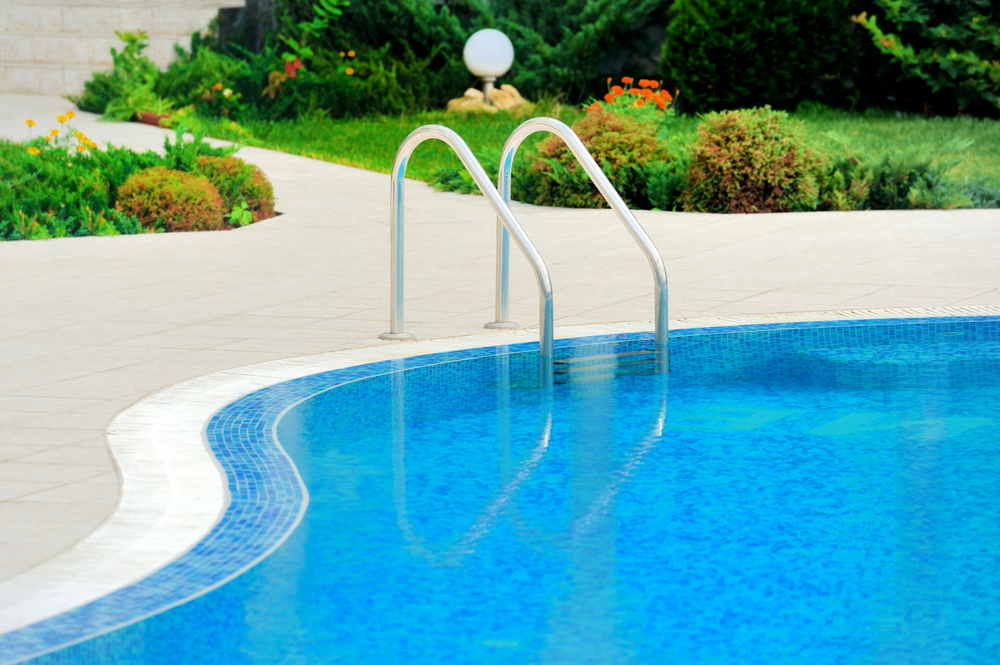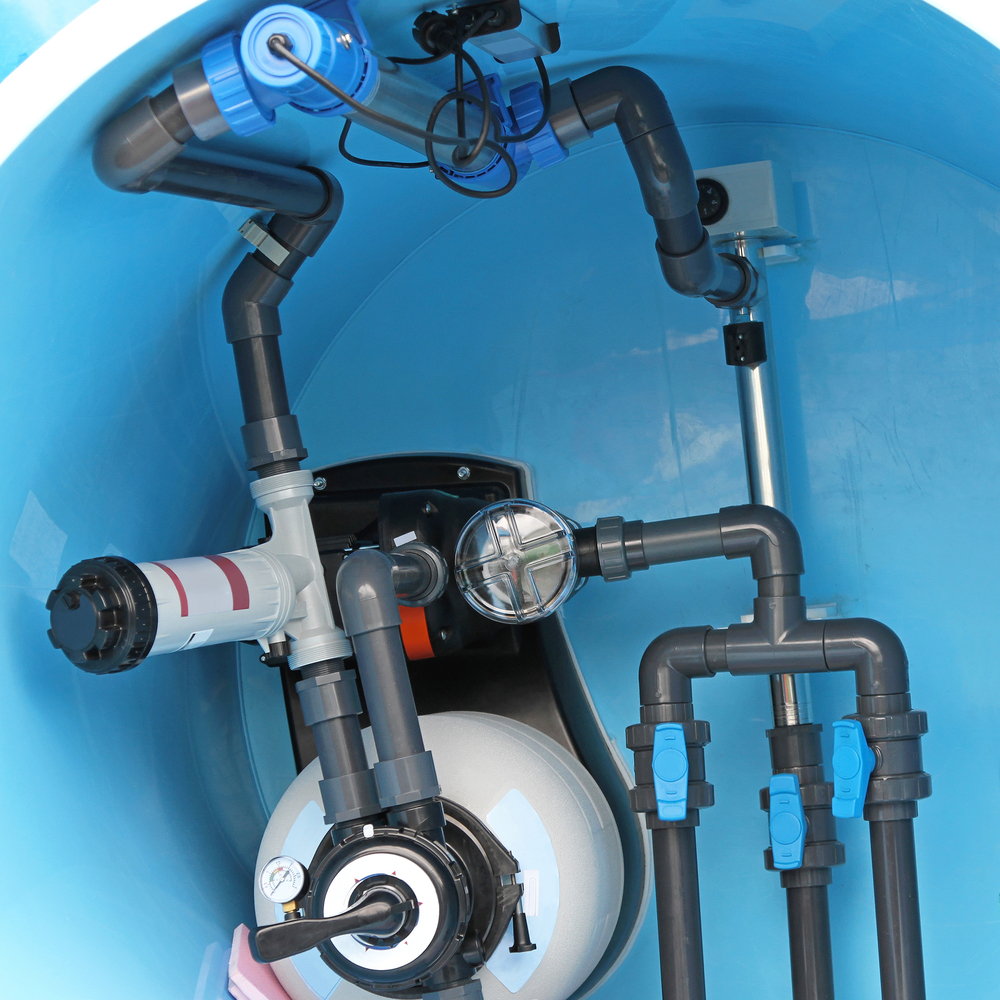Upgrade Pool Pump
If you have a pool, your pool pump might be using more electricity than any other appliance in your home. New, efficient pool pumps use up to 75% less energy than older pumps and can save up to $400 a year or more on your electricity bill! That’s worth considering a switch.
Your Impact
Action Steps & Tips
Introduction

If you have a pool, your pool pump may be an opportunity to upgrade for big energy savings! Many pool pumps are old, inefficient and run more than needed. Older single-speed pumps were inexpensive to install, but very energy intensive and expensive to operate. Technology has advanced and there are now efficient variable speed pumps that can do the same job using far less energy.
The purpose of a pool pump is to circulate the water from your swimming pool through a filter to keep the water clean. New variable speed pumps that are sized correctly for your pool and set to run only when needed can save up to 75% on your energy bill over single-speed pumps. That’s a savings of $400 or more per year. Upgrading can also reduce climate and air pollution!
1Choose and install your new pump
There are a few factors to consider in choosing and setting up your new pump. Learn more at Energy.gov. Here are a few tips:
Efficiency. Pumps are rated for efficiency. Look for the Energy Star rating as a baseline.
Cost. A new pump costs $800-$1,000 or more plus installation costs. With energy and cost savings of $400 a year or more, it's possible to recover your costs in just a few years.
The right size. Choose the smallest pump possible that will still meet your pool’s needs. .75 horsepower or smaller generally works for most residential pools.
The right piping. Make sure piping is sufficient for optimal pump efficiency. All piping should be at least 2 inches in diameter and avoid 90-degree elbows.
The right settings. The pump should be set to operate for the minimum time possible to work properly, ideally, 6 hours or less. However, it’s better to have a smaller pump that runs longer than a larger pump that runs less. Make sure to choose a pump that includes a controller and a programmable timer.
Look for rebates. There are often state or local rebates to help offset costs. Check with your local city, utility, or state programs for rebates.
Hire a contractor. Before you buy, have a professional help you determine which model is right for you. Be sure to check references and get a few quotes before you choose.
Maintain your new pump. Once you have installed your new pool pump, make sure to maintain it for maximum efficiency, energy savings, and comfort.

